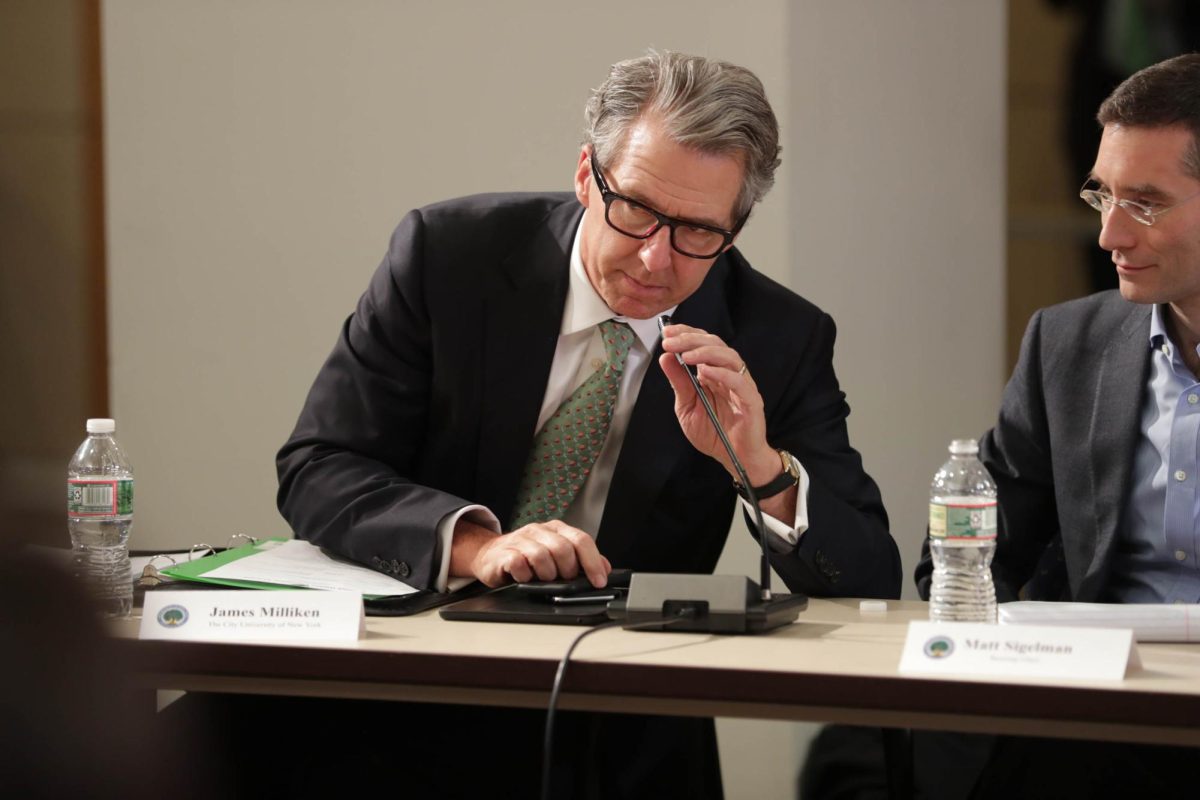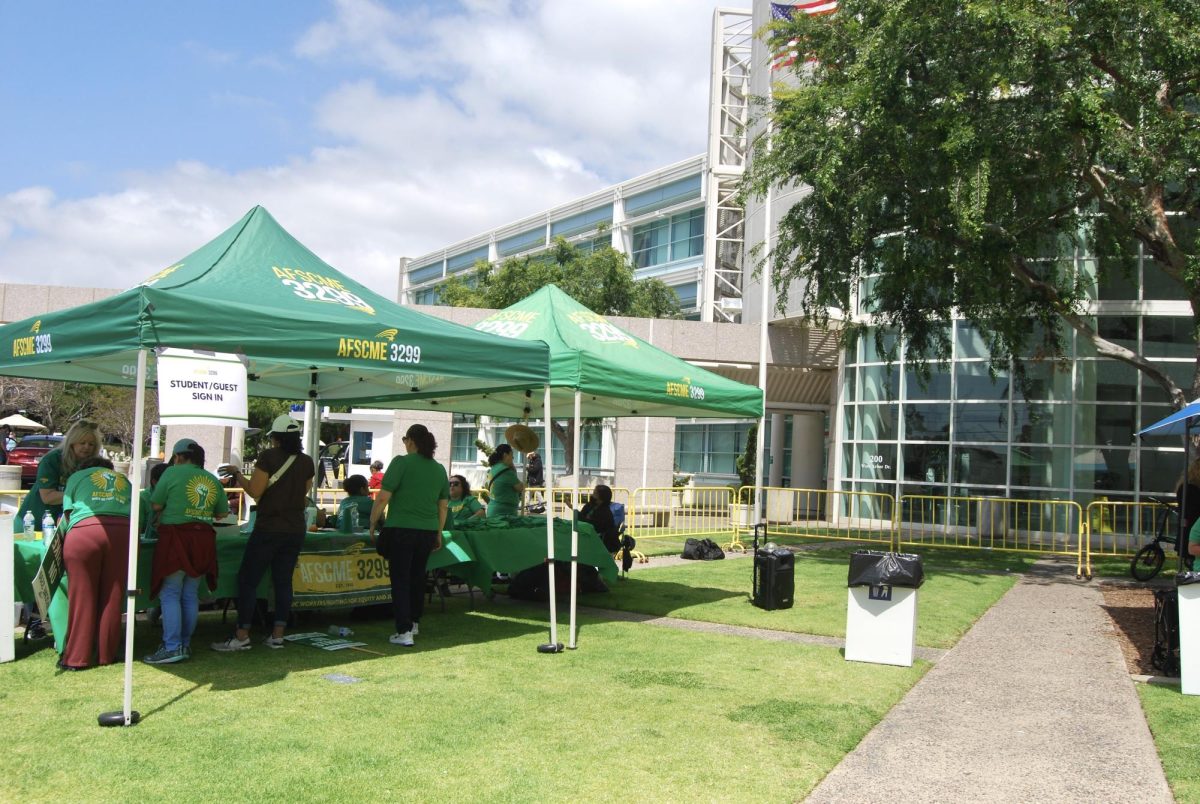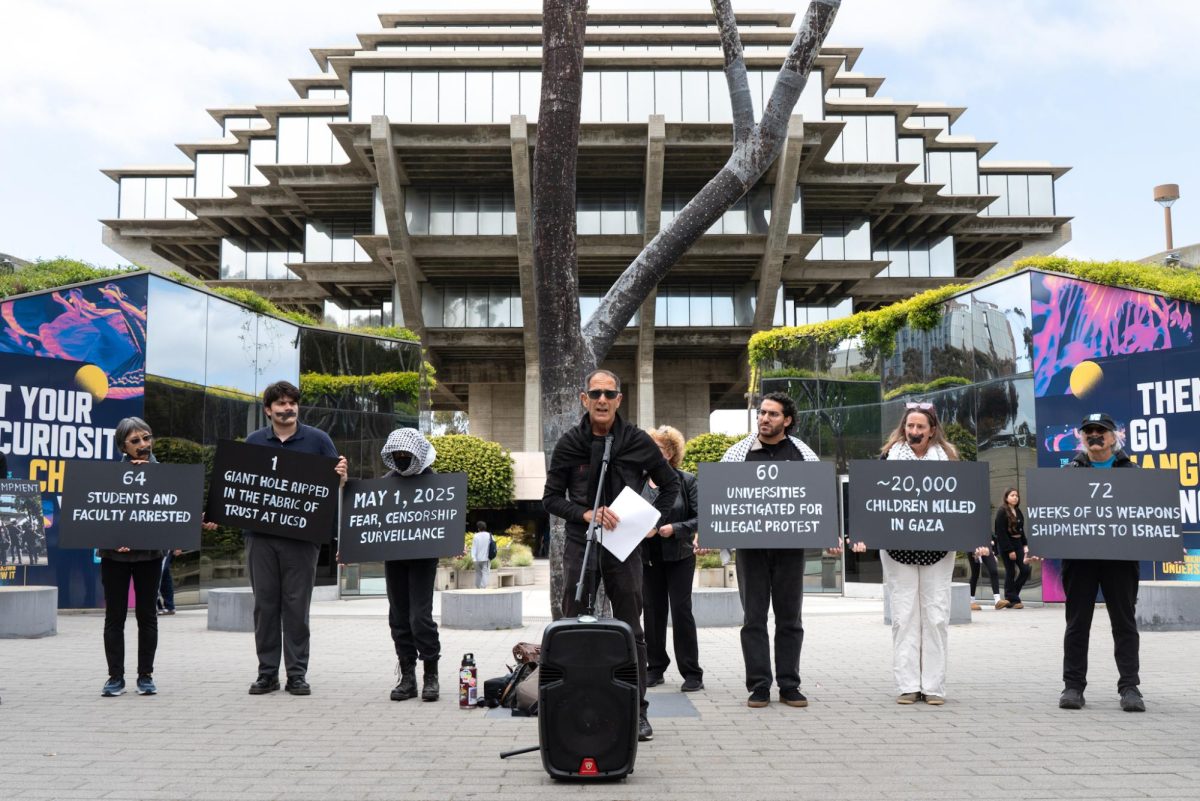San Diego County Supervisor Greg Cox publicly announced his support for the Scripps Institute of Oceanography’s earthquake monitoring projects at a news conference on Oct. 28. Cox’s announcement came as a response to a recent budget cut for the Scripps-operated ANZA Seismic Network by the United States Geological Survey.
During the news conference, Cox noted how essential this time could be in preparing San Diego for an earthquake. To show support for Scripps’ current projects, Cox encouraged the San Diego County Board of Supervisors to vote to continue searching for the necessary funding.
While the cost of maintaining this system of seismic sensors, located throughout San Diego, Riverside and the Imperial Counties, has risen over the last several years, the financial backing provided by the USGS has usually remained level before being cut this year.
The ANZA network, which utilizes state-of-the-art broadband and strong motion technology, consists of 29 stations that straddle the San Jacinto and Rose Canyon fault zones. Within their region of detection is also the San Andreas Fault, one of the most active seismic regions in the state. Each station continuously monitors surrounding ground activity and transmits this information back to Scripps within two seconds real time.
According ANZA’s webpage, the organization has provided information that has helped assess seismic hazard magnitudes in Southern California since its establishment in 1982. While the city of San Diego is not at as densely populated in hazardous areas like Los Angeles, officials believe being unprepared for an earthquake could have massive implications for both public safety and the city’s economy.
“San Diego is the second largest city in the state,” Dr. Frank Vernon, principal investigator of the Broadband Seismic Data Collection Center at Scripps, said in an interview with the UCSD Guardian. “And its economy would be greatly affected by an earthquake.”
With the network fully operational, an approximately 20-second warning will be available before an earthquake detected by Scripps’ sensors reaches San Diego. However, not all 29 stations will remain open without the proper expenditure.
Luis Monteagudo, director of communications for Cox, reiterated the importance of the sensors for those living in San Diego.
“These sensors are critically important to public notification systems,” Monteagudo told the Guardian. “In the past, these sensors have been funded by the USGS, but when this funding stopped, we reached out because of our long-standing relationship with Scripps and the good work that they’re doing. It’s important that we protect the resources we have in the interest of public safety.”
UPDATE: This story has been modified to change the word “censors” to “sensors” in a direct quotation.







